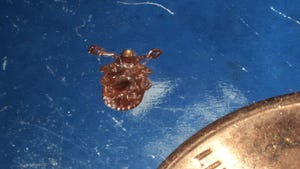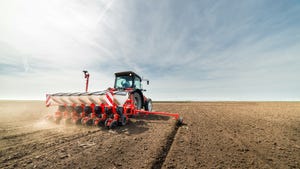
Arizona Agri-Weekly: alfalfa growing conditions decline
Alfalfa conditions decline but range from poor-to-excellent depending on the location;Alfalfa harvest still active in some areas - sheeping off underway in many areas;Temperatures below normal across Arizona - highest reading is 78 degrees at Roll.
February 8, 2011
The Arizona Agri-Weekly Report from the National Agricultural Statistics Service in Phoenix, Ariz. released Feb. 6.
Field crops
Alfalfa conditions declined from the previous week, but remain variable ranging from poor to excellent depending on the location. Harvesting is still active in some areas of Arizona. Sheeping off remains active in many areas.
Range and pasture condition is mostly fair to good, but a significant amount is in very poor-to-poor condition.
Vegetable, fruit, and specialty crops
This week Central Arizona growers shipped bok choy, broccoli, cabbage, Chinese cabbage, cilantro, kale, parsley, and various citrus.
Western Arizona growers shipped arrugula, bok choy, broccoli, cabbage, cauliflower, celery, cilantro, Chinese cabbage, endive, escarole, frisee, kale, Boston lettuce, iceberg lettuce, red and green leaf lettuce, Romaine lettuce, parsley, radicchio, spinach, and various citrus.
Weather summary
Temperatures were below normal across Arizona for the week ending Feb. 6, ranging from 3 degrees below normal at Grand Canyon to 13 degrees below normal at various locations.
The highest temperature of the week was 78 degrees at Roll. The lowest reading was 9 degrees below zero at St. John’s.
There was precipitation recorded in 8 of the 22 stations, ranging from .01 inches in Douglas to .17 inches in Canyon De Chelly. Twelve of the 22 stations have not received any amounts of precipitation in 2011.
You May Also Like



